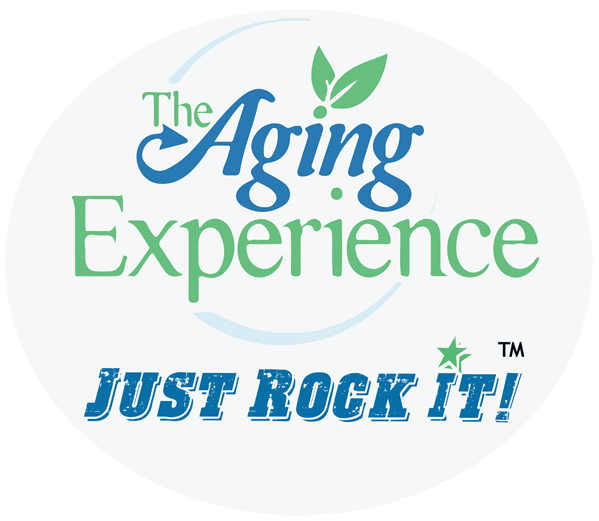Infographic on Organic Foods

Brought to you by: MedicalBillingandCoding.org
Assessing Family Caregiver Needs Important
The AARP Public Policy Institute (PPI) has released a new fact sheet, Assessing Family Caregiver Needs: Policy and Practice Considerations. The fact sheet explains why it is important to assess and respond to family caregiver needs, highlights the fundamental principles of caregiver assessment, and describes why assessments have an important role in a high-performing long-term services and supports (LTSS) system.åÊ
åÊåÊ
Providing quality care for the care recipient often requires an understanding of the family caregiverÛªs situation and needs. However, these needs are frequently not identified or addressed in the recipientÛªs care plan.åÊ
Caregiver assessment refers to a systematic process of gathering information about a caregiving situation to identify the specific problems, needs, strengths, and resources of the family caregiver, as well as the caregiverÛªs ability to contribute to the needs of the care recipient.
Caregivers who have their needs assessed often feel acknowledged, valued, and better understood by practitioners. However, a caregiver assessment is not an end in itself. ItÛªs a tool to help identify the many roles a particular caregiver plays, the challenges she or he faces, gaps in knowledge and skills, and the kinds of help that will be both useful and acceptable to this caregiver and to the older adult receiving care. A caregiver assessment should result in a plan of care (developed collaboratively with the caregiver) that indicates the provision of services and intended measurable outcomes.
åÊåÊ
This fact sheet, produced by the AARP Public Policy Institute with support from The SCAN Foundation and The Commonwealth Fund as a follow-on piece to Raising Expectations: A State Scorecard on Long-Term Services and Supports for Older Adults, People with Physical Disabilities, and Family Caregivers, explains the fundamental principles of caregiver assessment and why assessments have an important role in a high-performing LTSS system.
Poor Senior Oral Health: Why It Happens
Advancements in dental techniques have improved the oral health of patients in recent years. However, aging can make oral hygiene more difficult. About 25 percent of adults over the age of 60 have lost all of their teeth, usually as a result of gum disease. However, seniors can avoid tooth loss by focusing on proper dental hygiene throughout their life. No matter your age, you can take steps to protect your oral health by brushing your teeth, flossing, eating a healthy diet and attending regular dental checkups.
The Factors
öª Arthritis. Conditions that affect fine motor control can make oral hygiene difficult, specifically brushing and flossing. Many dentists recommend that seniors use an electric toothbrush and a Waterpik as helpful tools to maintain your daily routine.
öª Care of dentures. If you’ve been fitted for dentures after your natural teeth are gone, your dental care doesn’t end. Bone resorption and gum disease can continue even without your teeth. Continue to see your dentist regularly to check on your oral health and the functionality of your dentists.
öª Smoking. Chronic dry mouth is one problem that is caused by a lifetime of smoking. Gum disease is another major issue. Smoking makes you four times more likely to develop gum disease. Using smokeless tobacco, cigarettes and alcohol can also increase your risk of developing oral cancer.
öª Heart disease. Research suggests that heart disease, clogged arteries and stroke may be linked to oral bacteria, possibly due to chronic inflammation from periodontitis ÛÓ a severe form of gum disease. If you’re taking medication that interferes with blood clotting, you will be at increased risk of oral surgery. Your dentist will need to take extra precautions when performing dental procedures.
öª Medications. Some medications used to treat health conditions can cause dry mouth. Dry mouth contributes to the development of dental diseases, such as cavities and periodontitis. Periodontitis leads to an exposed tooth root. Patients are encouraged to use fluoride toothpaste to reduce sensitivity caused by receding gums.
öª Yeast infection. Thrush is a fungus that affects individuals with a suppressed immune system. This is likely to occur in seniors who take specific medications or suffer from diabetes. The fungus presents creamy white patches on your tongue or the insides of your cheeks. Thrush also causes soreness, discomfort and may cause difficulty swallowing.
öª Dietary concerns. Many seniors have difficulty eating a balanced diet due to loss of natural teeth or difficulty with crowns, bridges and dentures. Vitamins and minerals are a crucial aspect of maintaining your oral health. If you’re struggling to consume the necessary diet, you should speak with your doctor about how to supplement your needs.
öª Diabetes. Diabetes reduces the body’s resistance to infection ÛÓ putting the gums at risk. If you have inadequate blood sugar control, you may develop more frequent and severe gum and bone infections. Gum and bone infections are one of the reasons that seniors are losing teeth.
Guest blogger Jennifer Vishnevsky is a writer for Top Dentists, an Everyday Health website, as well as other lifestyle media sites.
High Doses Vitamin D May Prevent Fractures
Daily high dose vitamin D supplementation is effective in preventing fractures in the elderly according to researchers at Tufts University.
They studied data from 11 randomized trials ÛÓ comprising more than 31,000 older adults ÛÓ investigating vitamin D supplementation and fractures.åÊ
“Taking between 800 IUs and 2,000 IUs of vitamin D per day significantly reduced the risk of most fractures, including hip, wrist and forearm in both men and women age 65 and older,” Tufts University researcher Bess Dawson-Hughes, M.D.åÊ
ÛÏImportantly, we saw there was no benefit to taking vitamin D supplements in doses below 800 IUs per day for fracture prevention.”
Existing Institute of Medicine guidelines recommend that adults between 51 and 70 take 600 vitamin D IUs per day, and that adults over 70 take 800 IUs per day. This study suggests needing more. Check with your physician.










